An electronic textile with a large-area display that could have applications in communications, navigation and healthcare is described in Nature this week. The textile is flexible, breathable and durable, making it an ideal material for practical uses. The fabric is the work of a team led by Huisheng Peng, a professor in the Department of Macromolecular Engineering at Fudan University.
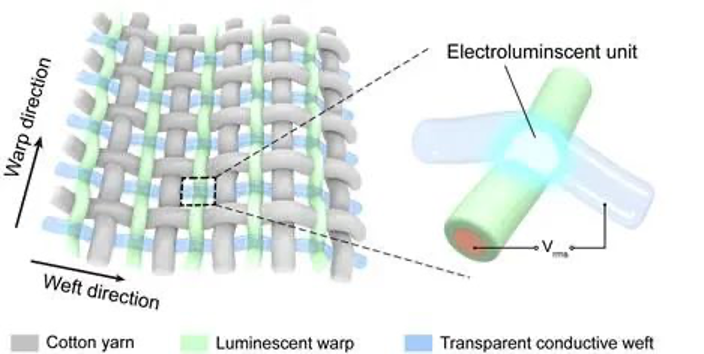
Creating large displays integrated with functional systems that are flexible and durable when worn has been challenging. Conventional solid-state display materials are not readily compatible with textiles because they struggle to withstand the natural deformation that occurs when fabrics are worn and washed. This new design weaves conductive fibers and luminescent fibers together with cotton into a fabric display, and is shown to overcome this issue.
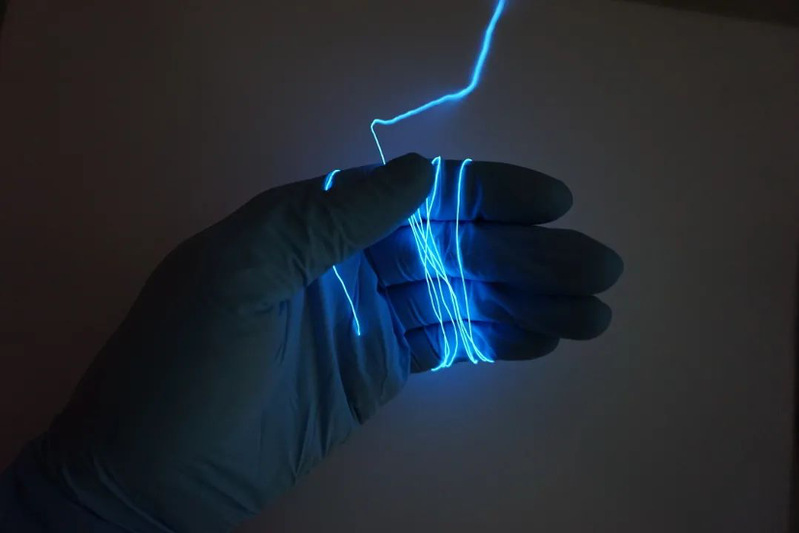
Huisheng Peng and colleagues produced a display fabric that is 6 metres long and 25 centimetres wide that can be integrated with a touch-sensitive fabric keyboard and a fabric power supply (in this case, one that harvests solar energy).
This is the conductive and luminescent fibers that we use for weaving, Peng said as he held up a reel of fiber that at first glance is just like ordinary yarns.

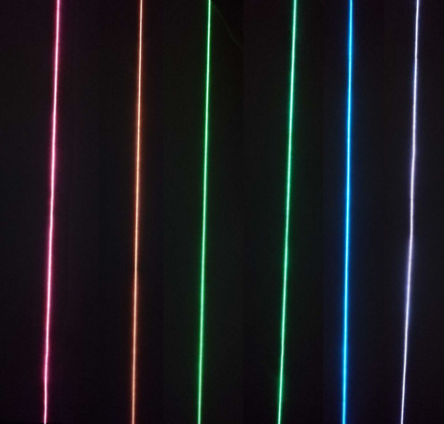
Less than half a millimetre in diameter, these fibers come in various colors. And when we plug them in, they begin to glow, Peng said as he picked up a shirt with a logo of “Fudan University” woven with blue fibers. It can be clearly discernible in the room when the power is switched on.


There are various applications for the fabric, such as a navigation tool that displays an interactive map or a communications tool that can send or retrieve messages via a Bluetooth connection with a smartphone. The display is produced by illuminating units (electroluminescent units) that form where the conductive fibers and luminescent fibers meet at contact points in the woven fabric.
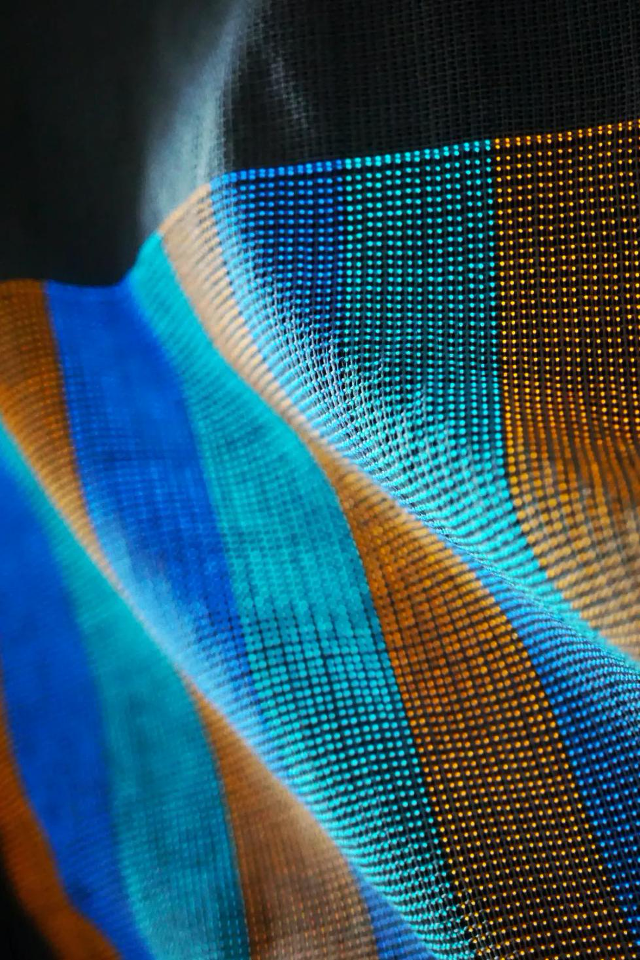
Is such fabric comfortable? As the diameter of the light-emitting fiber can be precisely adjusted between 0.2 mm and 0.5 mm, clothing woven from this kind of fiber is ultra-fine and ultra-flexible, which can fit the irregular contour of the human body and can be as light and breathable as the ordinary fabric.
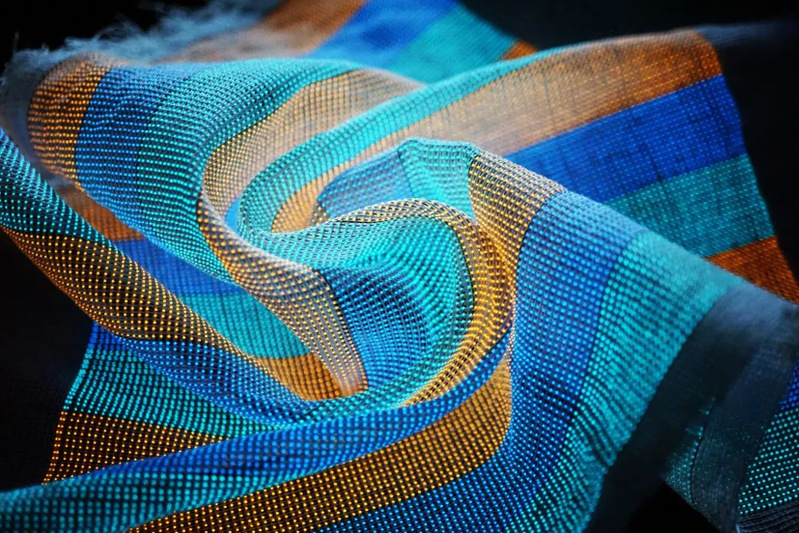
After 1,000 cycles of bending, stretching and pressing, the performance of the vast majority of electroluminescent units remained stable. In addition, the brightness of the electroluminescent units remained stable after 100 cycles of washing and drying. With the integration of more functionality, the authors expect these “smart textiles” to shape the next generation of electronic communication tools.
Peng believes this invention can revolutionize communication and “help individuals with voice, speech or language difficulties to express themselves to others”. “We hope that woven-fiber materials will shape next-generation electronics by changing the way we interact with electronic devices,” Peng said.
Source: Nature
Link:https://www.fudan.edu.cn/en/2021/0311/c344a108129/page.htm

